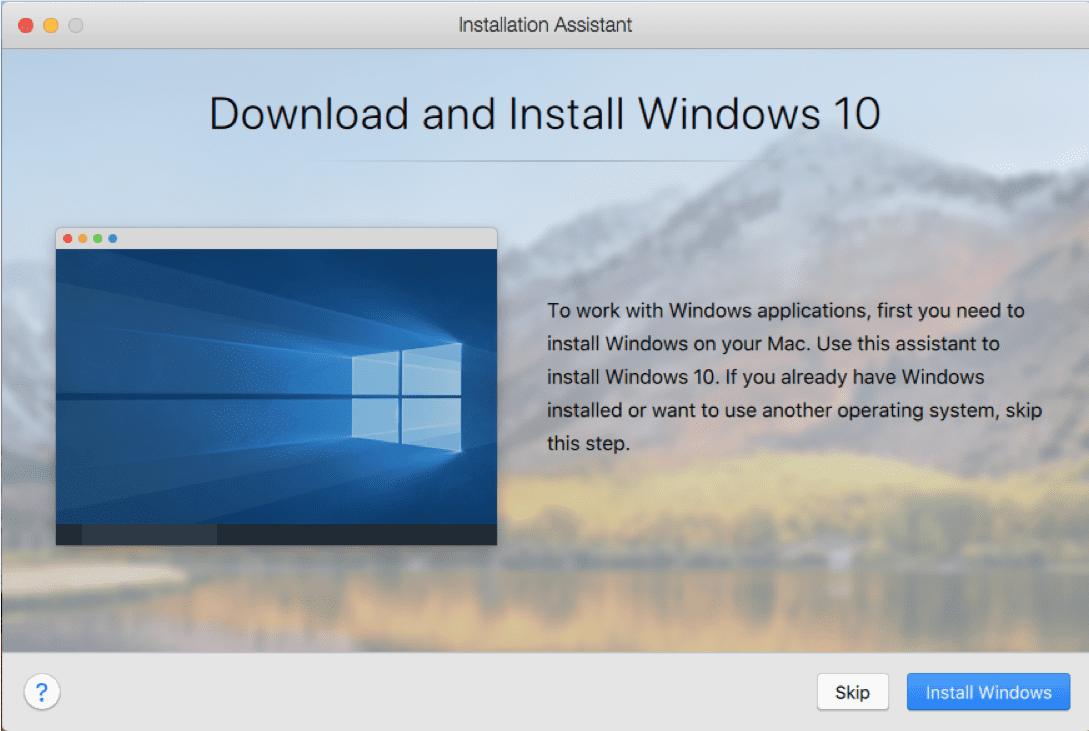

Here’s what Nick Dobrovolskiy, SVP of Engineering and Support, told the website: This comes just a week after Microsoft unveiled Windows 11 to the public with an all-new design.Īccording to iMore, Parallels confirmed that the team is doing “everything that’s possible” to bring Windows 11 to macOS. Once M1 users get that version installed using Parallels Desktop 17, they must get past a nasty TPM 2.0 error before upgrading to at least a beta version of Windows 11.After bringing Windows 10 support to the M1 Macs, Parallels confirmed it’s working to bring Windows 11 compatibility to macOS. Unfortunately, Microsoft's only offering a free ARM Insider Preview version of Windows 10 Pro. To run any version of Windows through Parallels on an Apple M1 Mac, you need an ARM version of the operating system. Unfortunately, these steps aren't very pretty. Starting with Parallels Desktop 17, Parallels Desktop reports to Windows OS that it's running in a virtual environment so that Windows doesn't ask for the presence of a TPM 2.0 chip.įor those with an Apple silicon-based Mac, there are a few more steps to take to install Windows 11 through Parallels Desktop 17. As the company explains:Ī virtual TPM chip isn't required for upgrading to Windows 11. Regardless, Parallels Desktop 17 lets you install Windows 11 through virtualization. The reason? Some Windows 10 computers (even some newer ones) don't come with TPM 2.0 and won't work with Windows 11. When Windows 11 was first announced, this requirement caused much anger in the Windows community. Short for Trusted Transport Module, TPM 2.0 is a hardware security feature found on most Windows-based computers and a requirement for Windows 11. However, upgrading to Windows 11 was a much rockier experience, although this had nothing to do with the virtualization tool and everything to do with Apple silicon.įirst, understand that Parallels Desktop 17 supports virtual versions of Windows 11, even though all the best Macs and older ones don't have TPM 2.0. Installing Parallels Desktop 17 on my MacBook Pro with M1 (and the latest version of macOS Monterey beta) worked very well, as well as adding a fresh virtual copy of Windows 10. The result is a PC gaming experience on Mac like no other and reason alone to upgrade to Parallels Desktop 17. There's also a new display driver in place that increases the frame rate. Parallel's improved performance mentioned above means smoother Windows UI and synchronized video playback. Until now, however, a poor performance made it difficult to do PC gaming through virtual Windows on a Mac. Gaming has always been popular for Windows users. Finally, it's important to circle back around to the improved gaming performance on Parallels Desktop 17.


 0 kommentar(er)
0 kommentar(er)
